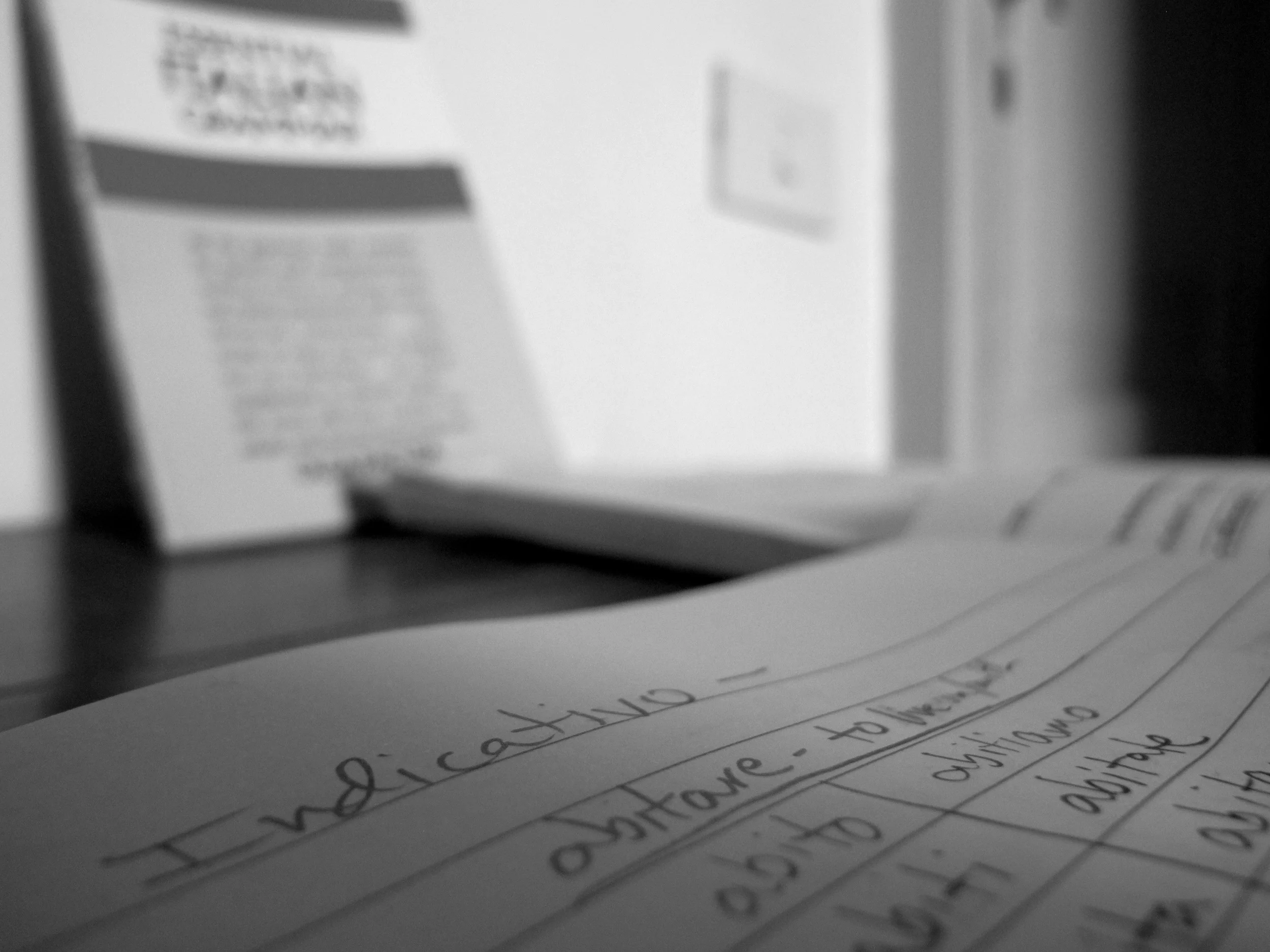Maintaining flexibility in travel plans is necessary when undertaking such a long trip as you’re bound to discover a new locale or adventure you previously didn’t know existed. The flexibility can come with a price, however, as failing to book ahead can often times result in wasted days, as the timing of events may be off, or the bus you’re looking to take may be full.
The former can be chalked up to bad luck or poor planning. The latter can always be negotiated.
Arriving back in Kathmandu on a Sunday meant all the bus offices were closed, so Monday morning we made our way to the offices just as they opened, and 30 minutes before the only bus of the day left, headed for Pokhara. We needed 2 tickets, but unfortunately, they only had one seat left. The office worker gave me a sad look as if he thought I was just going to give up on finding another seat. I awkwardly stared at him and assured him we would find a seat. He pretended to make some calls, again telling me there was only one seat left. After 15 minutes, he must have got the hint that I wasn’t going to let the bus leave without me, as he opened the door to the bus, folded down a makeshift co-pilot’s chair across from the driver, and pointed to the 1 square foot platform, asking with his eyes if I was crazy enough to buy a ticket for this newly-found “seat.”
With my front row seat, I saw the chaos of every little town we passed and the serenity of the open mountain roads, potholes and all. 8 hours later, sore butt and all, we arrived in Pokhara. It didn’t take long for us to decide that we would leave hiking in and around the Annapurna range for another trip, and instead enjoy the lakeside setting, picturesque views, spas, and delicious, healthy food of Pokhara for a few days as a well-earned respite.
The town of Pokhara can, all at the same time, be considered a trekking capital, a locals’ getaway, a congested, smog-filled city, a health and wellness retreat, and a raw/organic/granola foodie paradise. Somehow, it all works. After weeks of dahl, we welcomed the smoothie bowls, adaptogen drinks, and avocado toast. Grueling glacier climbs turned into peaceful strolls along the lake, the energy previously spent carrying our packs was now used to paddle a rowboat to the distant shore, the ringing bells of prayer wheels turned to releases from nearby OSHO yoga classes (yes, the Wild, Wild Country guy).
We did manage to squeeze in a little adventure in between massages, juice cleanses, and sunrise panoramas, as we hiked the hills for temple views and zip-lined from the top of the mountain (or at least the mountain that sits in front of the real mountains). On our last day before braving the night bus back to Kathmandu (with a real seat this time), we ventured out into the mean streets on a potentially-not-registered scooter, making our way to Begnas lake, a lake that lacks everything Pokhara has grown to be, mostly untouched, save for a few hotels and coffee lodges scattered in the surrounding hills. Between pit stops for fresh coffee, we passed through rice fields and lush forests, making detours for viewpoints and swinging sessions with the local children. Like a daydream, I was brought back to my time in Southeast Asia, where the back roads, best navigated by scooter, seem to always steer one towards the greenest of scenery, smiling locals, and freedom from the business and burden of the towns left far behind.
As is the case when time is of no concern, we were brought back to earth only by the gas meter, as the blinking light signified an end to our ride through paradise, and with that, our time in Nepal.
Mischief Managed.































